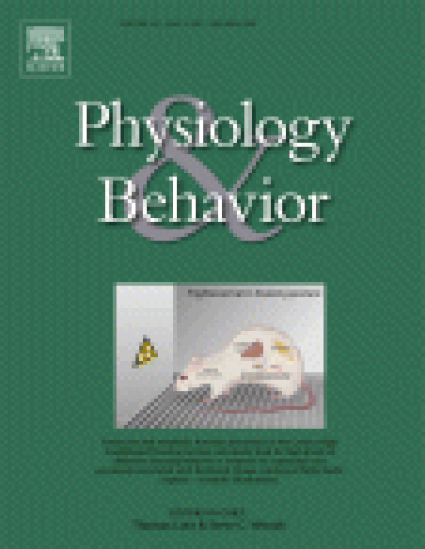
We conducted a mock crime experiment with 250 paid participants (126 females, Mdn age = 30 years) contrasting the validity of the probable-lie and the directed-lie variants of the comparison question test (CQT) for the detection of deception. Subjects were assigned at random to one of eight conditions in a Guilt (Guilty/Innocent) × Test Type (Probable-Lie/Directed-Lie) × Stimulation (Between Repetition Stimulation/No Stimulation) factorial design. The data were scored by an experienced polygraph examiner who was unaware of subject assignment to conditions and with a computer algorithm known as the Objective Scoring System Version 2 (OSS2). There were substantial main effects of guilt in both the OSS2 computer scores F(1, 241) = 143.82, p < .001, ηp2 = 0.371, and in the human scoring, F(1, 242) = 98.92, p < .001, ηp2 = .29. There were no differences between the test types in the number of spontaneous countermeasure attempts made against them. Although under the controlled conditions of an experiment the probable-lie and the directed-lie variants of the CQT produced equivocal results in terms of detection accuracy, the directed-lie variant has much to recommend it as it is inherently more standardized in its administration and construction.
